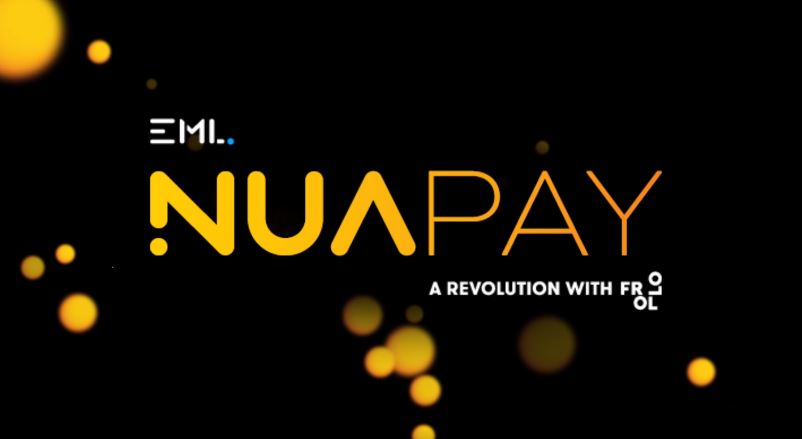Nuapay becomes Australia’s first open banking payments platform
Nuapay, a UK-founded fintech which grew by delivering account-to-account (A2A) payment services across Europe, is now becoming a key face in Australia’s open banking movement.
The start-up’s parent company, Sentenial – which is dually regulated in the UK and France – was bought by Australian firm EML Payments Limited last month for AUS 62.1 million ($48 million).

Nuapay’s joint value proposition caters to both consumers and merchants
Now, in partnership with local fintech start-up Frollo, Nuapay has become the first digital wallet to facilitate Australia’s payment-focused open banking regulation.
Lending focus
The wallet is a white-labelled product, giving fintech clients the option between a no-code, low code or application programme interface (API) integration.
Its partner Frollo claims to process more than 95% of Australia’s open banking API calls.
A key feature of the Nuapay wallet includes disbursing loans quicker. Nuapay claims to trigger instant decisions in minutes, as opposed to days.
Customers can access an ‘emergency buffer’ through the platform too. This means they can go back and turn a transaction into an instalment loan.
In recent months, Australian regulators extended the scope of open banking. This means that in addition to banking data, consumers can now also share information on their loans and mortgages.
The platform also promises instant access to cash via open banking data, and EML’s virtual prepaid cards. As well as a money management app with personal financial management (PFM) tools, including spending controls and transaction categorisation.
One of the reasons EML bought Sentenial last month was for Nuapay’s joint value proposition, which caters to both consumers and merchants. Merchant-facing features include complete reconciliation and batch settlement of transactions, two things EML argues are rare in the open banking product marketplace.
Levelling the playing field
Australia’s big four banks – ANZ, CBA, Westpac, and NAB – still monopolise the vast majority of the country’s banking market.
A big reason behind open banking rests on creating a more level playing field for fintech start-ups to compete with these dominating players.
Last year, the Australian Competition and Consumer Commission (ACCC) delayed its rollout. The go-live date moved from February to July, due to security and privacy concerns.
Now, the country’s open banking movement is beginning to gather momentum. Operating under the Consumer Data Right (CDR), the rules legally required Australia’s four major banks to share product reference data with accredited data recipients as of 1 July 2020.
Regional Australia Bank and financial data firm Basiq approved the first loan under open banking in early July, just a few days after the country launched open banking with the big four.
In August, GoCardless’ head of sales for Australasia, Luke Fossett, told FinTech Futures firms were “over-selling” their open banking capabilities. “It’ll be interesting to see how that pans out,” he said.
Today, however, Sarah Bowles – EML’s group chief product officer – thinks this “payment revolution” is “shaking up the financial industry”.
But EML won’t just be focusing on Australia’s open banking “payment revolution”. The company plans to expand Sentenial’s platform and products into the North American markets too in the coming 12-18 months.
The firm also inherited connections to 1,750 banks across Europe through its acquisition.
Read next: Virgin Money Australia claims to “break new ground” with loyalty scheme











































